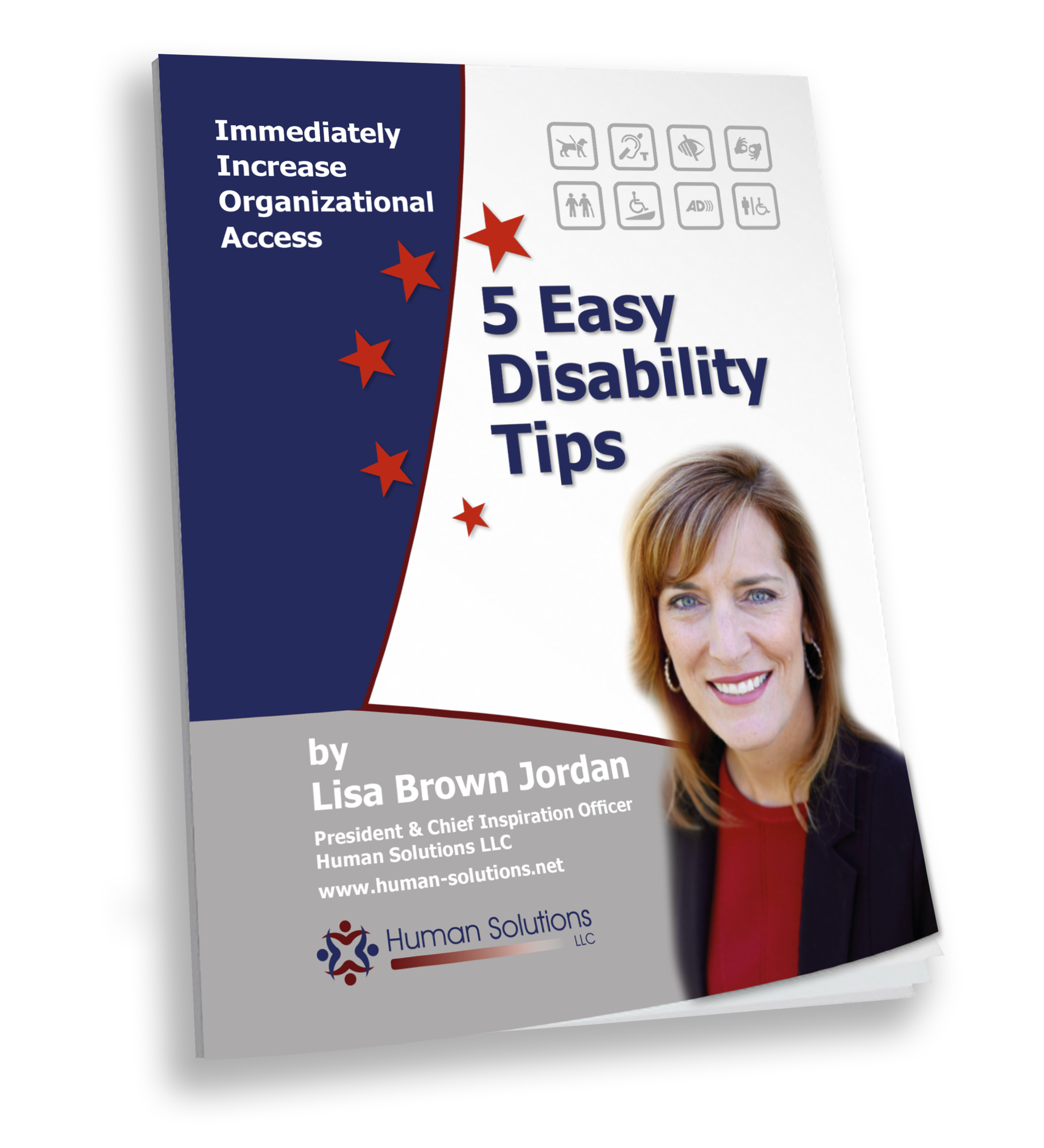Tip #5 – Use Empowering Terminology Always use person first language when referring to someone with a disability. Say “person with a disability” not “disabled person”. Avoid negative disempowering words… Click to read the full article
Disability Etiquette – Tip #4
Tip #4 – Communicate Effectively Always address a person with a disability directly. Don’t speak to his companion, assistant or sign language interpreter. The use of common expressions such as… Click to read the full article
Disability Etiquette – Tip #3
Tip #3 – Respect Private Space Persons with disabilities consider their equipment part of their personal space. Don’t touch any assistive device or push a wheelchair without permission. If a… Click to read the full article
Disability Etiquette – Tip #2
Tip #2 – Always Ask, Never Assume Ask before you help. If a setting is accessible, persons with disabilities can usually get along on their own. If you are uncertain… Click to read the full article
Disability Etiquette – Tip #1
Following proper disability etiquette is one of the best ways to make persons with disabilities feel welcome and comfortable in any setting. Disability etiquette also makes good business sense –… Click to read the full article
